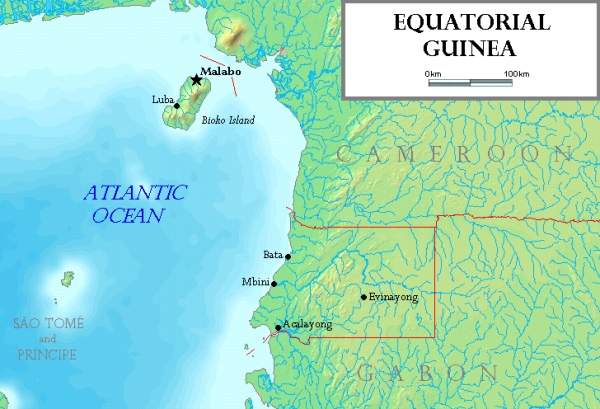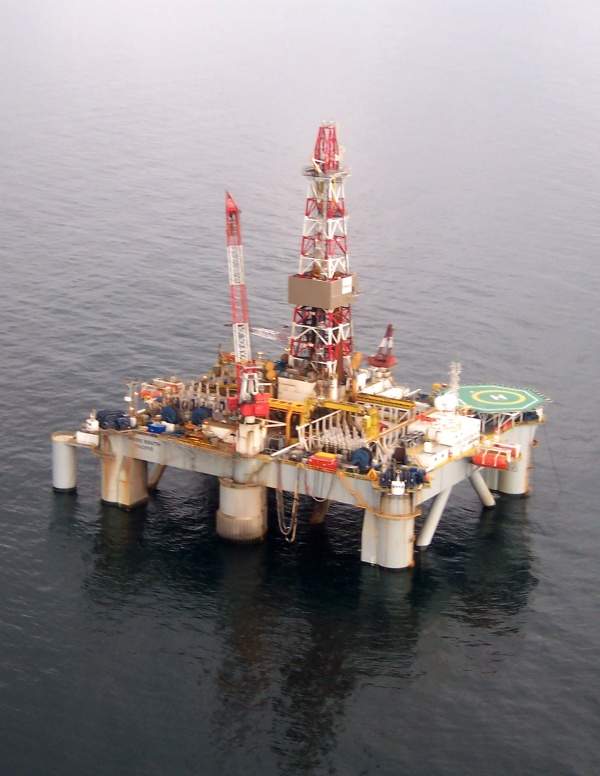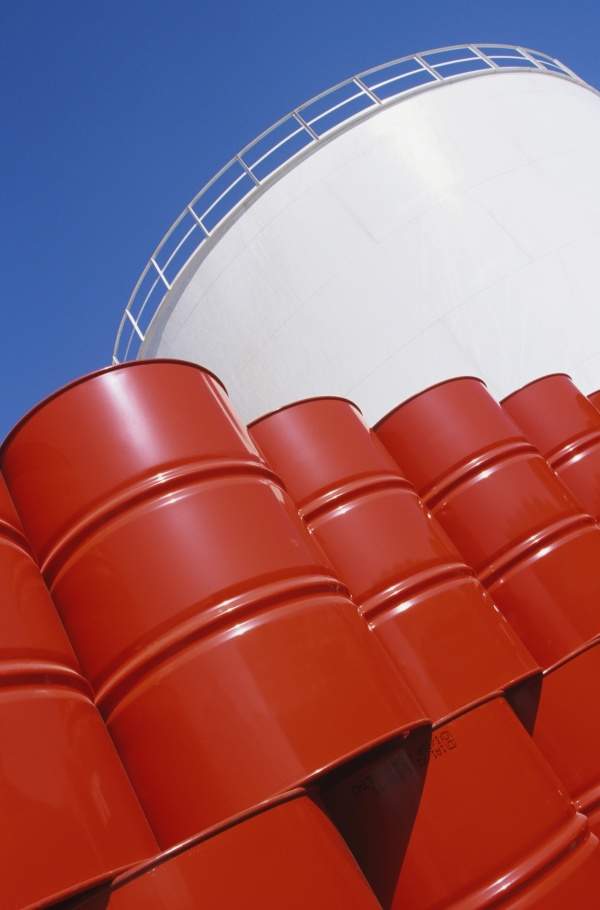Aseng field (previously known as Benita) is an oil and gas field offshore Equatorial Guinea, West Africa. The field lies at a water depth of about 3,100ft (945m).
It was discovered as a gas-condensate resource in Block I offshore Bioko Island in 2007. Two appraisal wells were subsequently drilled to confirm the down dip reservoir limits and resources.
The field was brought online in November 2011 about seven months ahead of schedule.
The total cost of the field development was estimated at $1.3bn. Noble Energy is the operator of the Aseng field and holds 40% interest in the project. Other partners include Atlas Petroleum International (29%), Glencore Exploration (25%) and PA Resources (6%).
Aseng field development
The Aseng field development plan was approved by the Ministry of Mines, Industry and Energy of the Republic of Equatorial Guinea and Noble Energy partners in July 2009. The design, engineering and awarding of contracts were all completed in 2010. A semisubmersible rig of Atwood Hunter was leased in the same year to start work on the location.
The Aseng development consists of five subsea wells connected to a floating production, storage, and offloading vessel (FPSO).
Oil from the field is stored on the vessel unit while gas and water are reinjected to maintain the pressure. The field has three water injectors and two gas injectors.
Drilling of all the development wells and subsea installations were completed by 2011 and the subsea installations are being carried out. The wells are designed horizontally to enhance recovery and oil productivity.
The field infrastructure will act as a hub to support other future developments. A second field called Alen field is under development in Block O.
Aseng FPSO
Noble Energy has chartered the Aseng FPSO vessel for production from the field. It was reconstructed at the Keppel Shipyard in Singapore.
The upgrades to the vessel included fabrication and integration of internal turrets, installation and integration of the topsides, refurbishment of the accommodation areas and extension of the life of the vessel. The work was completed in October 2011.
The vessel is moored at 3,100ft (945m) in water. It has a total cargo storage capacity of 1.5 million barrels with an oil production capacity of 80,000 barrels of oil per day (bopd) and gas production capacity of 174 million cubic feet of gas per day. Daily water injection capacity is 150,000 barrels.
Production at the Equatorial Guinea-owned gas field
The field was producing about 50,000 barrels of oil per day when it was commissioned with four subsea wells in the last quarter of 2011. Noble Energy estimates to recover about 120 million barrels of hydrocarbon liquids over the life of the project
The net oil resources at the field are estimated to be 40mmbbl. Natural gas resources of about 550bcf/d will be recovered for monetisation after completion of the oil recovery pressure maintenance phase.
Contracts awarded
The Aseng FPSO wis operated by GEPsing, a joint venture between Compania Nacional de Petroleo de Guinea Ecuatorial and SBM Offshore.
In November 2009, Dresser-Rand was contracted to supply turbomachinery such as power generation and supply gas compression packages for the FPSO.
Acteon company InterMoor was awarded the designing, engineering, procurement and installation contract in April 2010 for five preset moorings in the field. In July 2010 Castrol Offshore was contracted to supply Transaqua HT2 hydraulic fluid medium for controlling subsea production.
Champion Technologies supplied specialised chemicals for flow assurance from the field under a contract received in May 2011.
Subsea system
Flexible pipeline system for the Aseng field was installed by Technip. Scope of work included engineering, supplying, installing and pre-commissioning of about 30km flexible subsea pipeline.
The contract included installation of subsea production system, six flexible risers, jumpers and flexible flowlines.
Future development of the West African offshore gas field
The $1.6bn Alen field (previously Belinda) development in Block O was approved by the Ministry of Mines, Industry, and Energy in January 2010.
Condensate from the field is planned to be piped about 24km to Aseng FPSO platform for processing, while the natural gas will be re-injected. It is expected to start-up in late 2013.










